Mohawk (older)

- Type:
- liner, Clyde Line, USA
- Name:
- A tribe of Iroquoian Indians of the eastern New York area.
- Built:
- 1908, Cramp Shipbuilding, Philadelphia PA USA
- Specs:
- ( 367 x 48 ft ) 4623 tons, 290 passengers & crew
- Sunk:
- Thursday January 1, 1925
burned in a storm - no casualties - GPS:
- 40°25.025' -73°45.158' (AWOIS)
- Depth:
- 25 ft
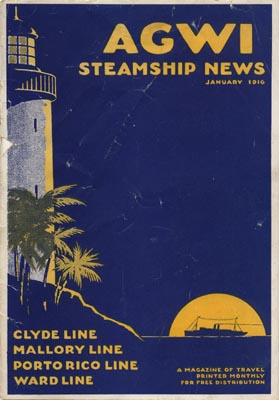
This Mohawk caught fire and burned in Delaware Bay. The burned-out shell of the vessel was demolished after sinking. Today she lies in 25 ft of water some 17 miles from Lewes, a flattened mass of wreckage covering an area some 60 ft by 300 ft in a northwest-southeast direction.
This is a tough wreck to dive on. The current can be very strong when the tide is running, so it is best to dive at slack tide. Visibility is also dependent on the tide, better visibility just at the end of an incoming tide. The strewn metal gives good cover for a variety of fish, hence her popularity with the fishing boats. Many boaters have severely damaged their vessels due to the twisted wreckage.
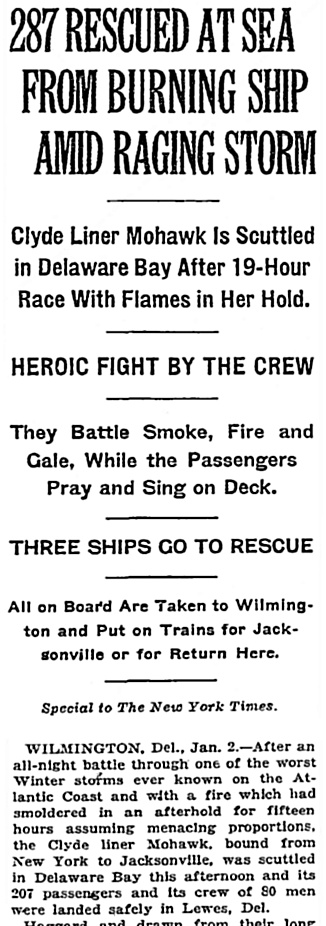
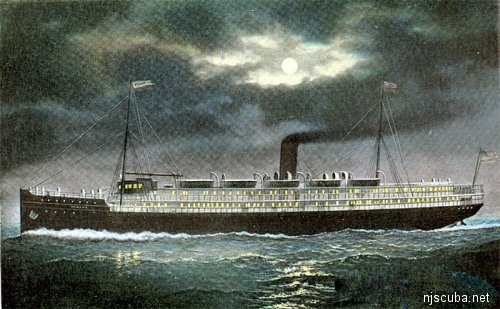
This ship's replacement, also named Mohawk, is sunk off Manasquan NJ. The Clyde Line also owned the Delaware.

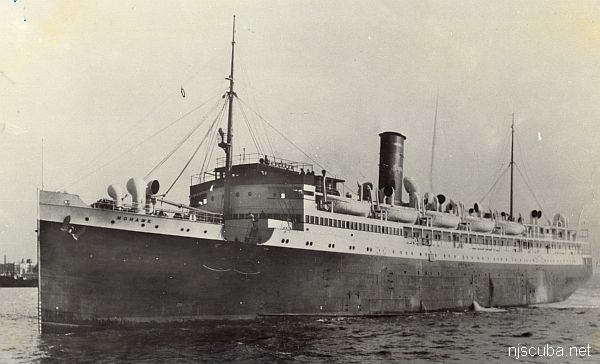
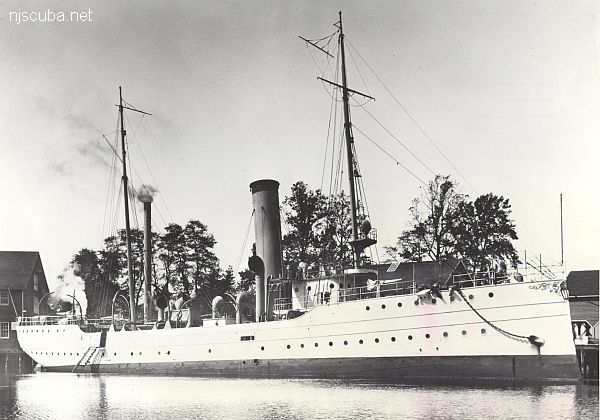
Questions or Inquiries?
Just want to say Hello? Sign the .